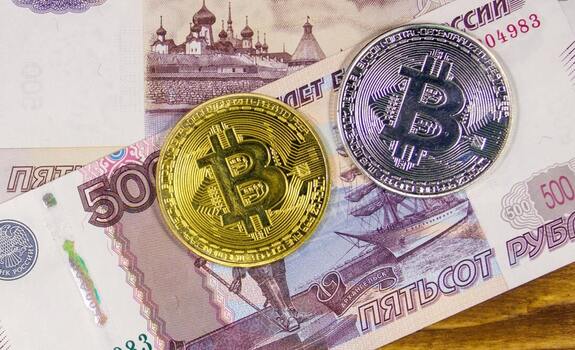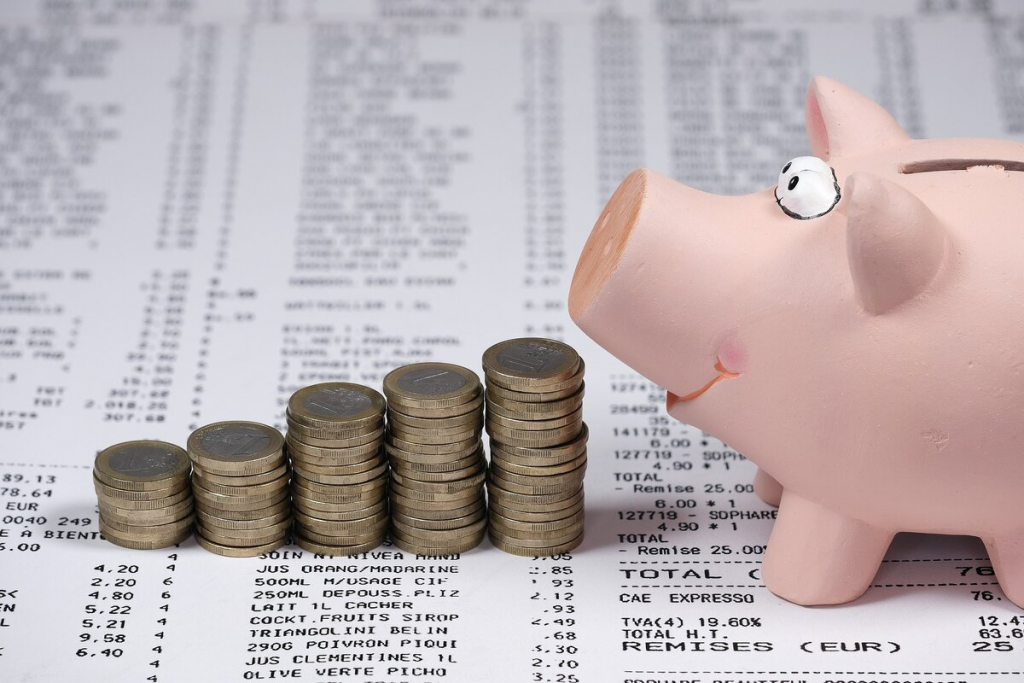Psychological Levels: How Key Levels Affect Market Sentiment
Round numbers in financial markets act as powerful magnets for human attention, creating zones of mass concentration of orders and emotional reactions. Markers such as 1.0000 for EUR/USD, 30,000 for the Dow Jones, or $50,000 for Bitcoin are not merely technical levels but psychological barriers that can determine the direction of multi-billion dollar capital flows. Understanding the mechanics of these levels opens up opportunities for forecasting market behaviour and building effective trading strategies.
The Nature of Psychological Levels and Cognitive Foundations
The Mechanism of Rounded Numbers in Human Perception
The human brain has evolved to process simple patterns, and round numbers naturally attract attention. When a trader sees a price of 1.2987 on EUR/USD, they mentally round it to 1.30, creating a mental anchor. This phenomenon, known as anchoring bias, causes market participants to concentrate trading activity around “attractive” numbers, turning them into real zones of support and resistance.
The Role of Cognitive Biases in Level Formation
The availability bias amplifies the significance of psychological levels; traders are more likely to remember and refer to rounded values when making decisions. Professional fund managers often use round numbers when setting target prices, not because of fundamental analysis, but because such targets are easier to explain to investors and remember themselves.
Self-Fulfilling Prophecy and Collective Behaviour
Mass anticipation of reactions to psychological levels turns them into genuine trading opportunities. When thousands of traders place stop-loss orders just below the 1.3000 mark in the GBP/USD pair, it creates a concentration of orders that materialises as a resistance level. Paradoxically, the more participants believe in the significance of a psychological level, the stronger it operates in practice.
Evolutionary Roots of Numerical Thinking
The tendency towards rounded numbers has deep evolutionary roots. Our ancestors survived through their ability to swiftly assess quantities: “many” or “few,” “more” or “less.” Exact fractional values require additional cognitive resources to process, so the brain automatically simplifies information into easily digestible forms.
Behavioural Factors and Mass Psychology
Crowd Effect and Group Decision-Making
Psychological levels become crystallisation points for mass sentiment. The approach of Bitcoin to the $100,000 mark generates media resonance, capturing the attention of not only professional traders but also retail investors. This information noise creates added volatility and increases trading volumes around the psychological level.
FOMO and Panic Behaviour
The Fear of Missing Out (FOMO) manifests particularly strongly near round numbers. When Tesla’s stock price nears $1,000, retail investors flood into the market, fearing they might miss a “historic moment.” Conversely, a breakdown below a psychological level triggers panic selling of the asset.
Institutional Behaviour and Perception Management
Major funds and banks consciously utilise psychological levels to manage client perception. Setting a target price of $150 for Apple shares instead of $147.50 creates a more convincing impression of analytical work, even when there may be no fundamental justification for such rounding.
Cultural Differences in the Perception of Numbers
Different cultures have varying preferences regarding “lucky” and “unlucky” numbers. In Chinese culture, the number 8 is considered auspicious, which may influence the behaviour of Asian investors near levels containing this digit. These cultural nuances add extra layers to the functioning of psychological levels in global markets.
Technical Manifestation and Identification of Levels
Visual Identification of Psychological Zones
On price charts, psychological levels manifest as zones of heightened activity with multiple touches and bounces. Professional traders use horizontal lines to delineate these zones, but a more precise approach involves creating price corridors 0.2-0.5% wide from the level, considering spread and market microstructure.
Confluence with Classic Technical Levels
Psychological markers gain the most strength when aligned with other technical tools. If the 1.2000 level in EUR/USD coincides with a 61.8% Fibonacci retracement and a long-term trendline, such confluence creates a high probability reversal or price bounce zone.
Dynamic Psychological Levels
In addition to static rounded numbers, there are dynamic psychological levels related to percentage changes. Levels of +10%, +20%, or -50% from significant highs or lows often become psychological barriers, especially for stocks and indices, where investors think in terms of percentage returns.
Temporal Degradation of Psychological Levels
The strength of psychological levels can weaken over time, especially if they are repeatedly breached without significant reaction. A level that has acted as resistance for several months may lose its significance after a series of successful breakouts with high volumes.
Volume Analysis and Algorithmic Impact
Cluster Analysis of Volumes at Psychological Levels
Modern trading platforms allow for the analysis of volume distribution across price levels, identifying zones of maximum activity. Psychological levels often exhibit anomalously high trading volumes, confirming their significance to market participants and predicting future price reactions.
High-Frequency Algorithms' Reactions
High-frequency trading (HFT) algorithms are programmed to respond to proximity to psychological levels, generating spikes in liquidity and micro-volatility. These systems can place and cancel thousands of orders near round numbers in mere milliseconds, creating characteristic price behaviour patterns.
Stop-Loss Hunting and Liquidity
Major market participants exploit clusters of stop-loss orders at psychological levels to their advantage. A brief breach of a round number can trigger a cascade of protective orders, creating liquidity for large positions held by institutional players.
Measuring Institutional Interest
Order flow analysis reveals differences in the behaviour of retail and institutional traders at psychological levels. Retail investors tend to use rounded numbers to enter the market, whereas institutional players prefer to place large orders with minimal deviation from the psychological threshold.
Multi-Timeframe Analysis of Psychological Zones
Hierarchy of Importance by Timeframes
Psychological levels demonstrate varying strength depending on the timeframe of analysis. On monthly charts, large rounded numbers (1.0000, 2.0000) are significant, on daily charts, intermediate levels (1.2500, 1.3000), while on hourly charts, even smaller psychological marks (1.2750, 1.2800) can operate effectively.
Signal Synchronisation Across Timeframes
The most reliable trading opportunities arise when psychological levels align across multiple timeframes simultaneously. If the daily chart indicates proximity to a significant psychological level, and the hourly chart forms a reversal pattern at the same level, the likelihood of a successful trade significantly increases.
The Effect of Scaling Psychological Reactions
On lower timeframes, psychological levels operate more quickly, but with smaller movement amplitudes. On higher periods, reactions may be delayed but tend to be more powerful and prolonged. Understanding this dynamic helps traders choose optimal entry points and time horizons for trading positions.
Trading Strategies and Practical Application
Entry Strategies at Psychological Levels
Effective trading from psychological levels requires patience and discipline. Experienced traders do not enter the market at the first touch of a round number but wait for confirmation in the form of a bounce, a reversal pattern, or increased volume. Premature entry often leads to being caught in a false breakout or trend continuation.
Risk Management and Stop Placement
Placing stop-loss orders at psychological levels necessitates consideration of their "magnetic" properties. Protective orders should be set at a sufficient distance from the round number, accounting for possible brief breaches and pullbacks. Many professionals use dynamic stops, adjusting their position based on price behaviour at the psychological mark.
Goal Setting and Profit Taking
Psychological levels serve as natural targets for profit-taking. When planning a trade, traders often use the next psychological mark as the first target and then adjust their position based on market response. Partial profit-taking at round numbers allows traders to secure part of their gains while remaining involved in the movement.
Position Size and Capital Management
When trading from psychological levels, a conservative capital management approach is recommended. The risk on a single trade should not exceed 1-2% of the deposit, even when strong confirming signals exist. This relates to the unpredictability of mass psychology and the possibility of unexpected breaches of significant levels.
Historical Cases and Examples
Dow Jones and the Battle for 30,000 Points
At the end of 2020, the Dow Jones Industrial Average consolidated near the psychological level of 30,000 points for several months. Media outlets actively covered the approach to this “historic milestone,” attracting additional investor attention. When the index finally surpassed 30,000, a powerful upward impulse followed, reinforced by mass buying from retail investors and positive news regarding COVID-19 vaccines.
EUR/USD and Parity: The Psychological Drama of 1.0000
The achievement of parity between the euro and the dollar in 2022 became one of the most discussed events in the currency market. The psychological level of 1.0000 attracted massive trading volumes, creating extreme volatility. Each approach to parity was accompanied by spikes in financial media and social networks, further amplifying the emotional significance of this mark.
Bitcoin and the Magical Numbers of the Cryptocurrency Market
The cryptocurrency market showcases particularly vivid examples of how psychological levels operate. The $20,000, $50,000, and $100,000 marks for Bitcoin became centres of attraction for both speculative and institutional capital. Each approach to these thresholds was met with media frenzy, attracting new participants and intensifying volatility.
Oil and the Psychology of $100 per Barrel
Historically, the price of oil around $100 per barrel has catalysed significant economic and political events. This psychological threshold often coincided with periods of geopolitical tension, creating additional emotional pressure on the energy market and influencing global economic forecasts.
Conclusion
Psychological levels represent a unique intersection of human psychology and market mechanics. Their influence on the behaviour of market participants extends far beyond simple technical levels, creating a complex system of interactions between emotions, expectations, and financial flows. Successfully utilising psychological levels requires a deep understanding of mass psychology, technical analysis, and sound risk management. In an era of algorithmic trading and artificial intelligence, the human factor represented by psychological levels remains one of the most stable and predictable elements of market dynamics.




